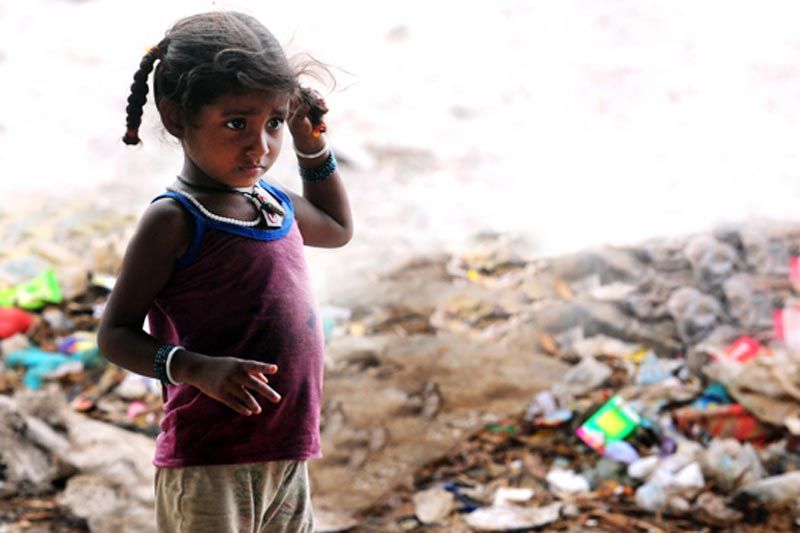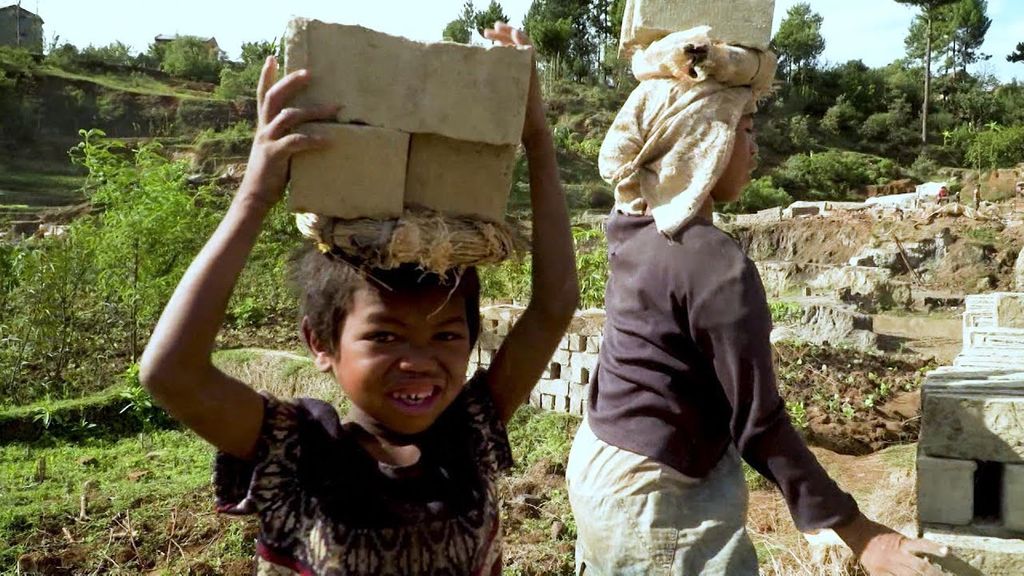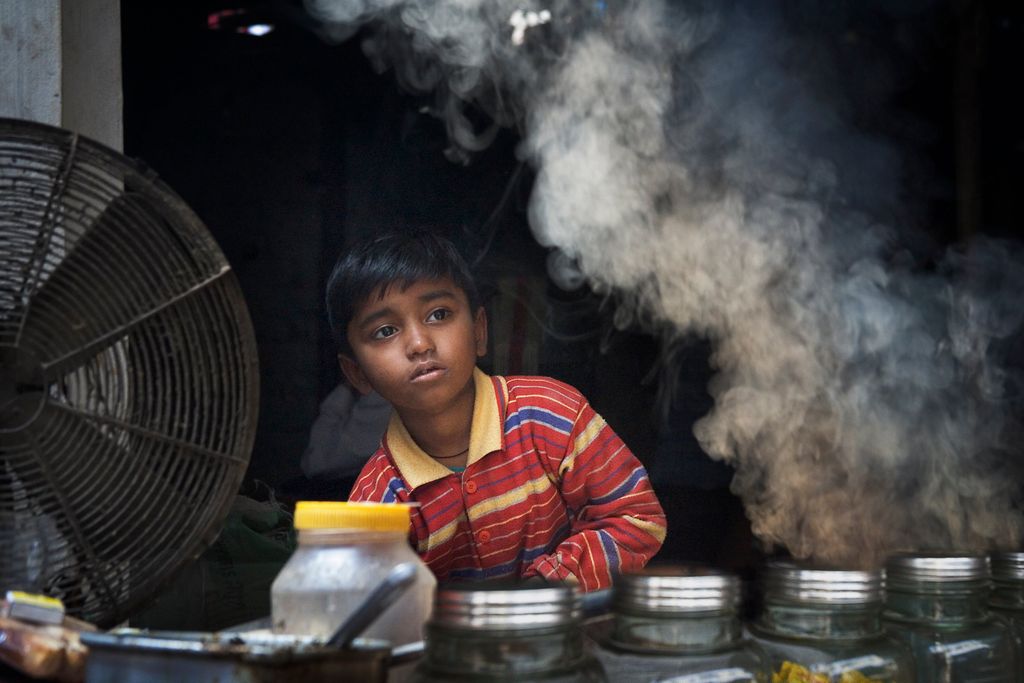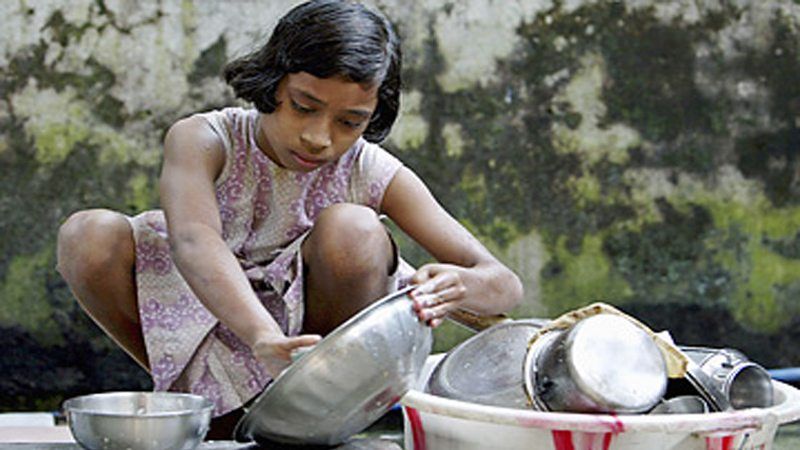Child Labour
Jun 24, 2019 • 16 views
Child labour takes place when children are forced to work at an age when they are expected to work, study and enjoy their phase of innocence. It implies lost or deprived childhood that leads to exploitation of children in various forms: mental, physical, social, sexual and so on.Not all children in India are lucky to enjoy their childhood. Many of them are forced to work under inhuman conditions where their miseries know no end.Though there are laws banning child labour, still children continue to be exploited as cheap labour. It is because the authorities are unable to implement the laws meant to protect children from being engaged as labourers.

Unfortunately, the actual number of child labourers in India goes un-detected. Children are forced to work is completely unregulated condition without adequate food, proper wages, and rest. They are subjected to physical, sexual and emotional abuse.

Causes of Child Labour:Factors such as poverty, lack of social security, the increasing gap between the rich and the poor have adversely affected children more than any other group. We have failed to provide universal education, which results in children dropping out of school and entering the labour force.
Loss of jobs of parents in a slowdown, farmers’ suicide, armed conflicts and high costs of healthcare are other factors contributing to child labour.

A widespread problem:Due to high poverty and poor schooling opportunities, child labour is quite prevalent in India. Child labour is found in rural as well as urban areas. The 2001 census found an increase in the number of child labourers from 11.28 million in 1991 to 12.59 million.
Children comprise 40% of the labour in the precious stone cutting sector. They are also employed in other industries such as mining, zari and embroidery, dhabas, tea stalls and restaurants and in homes as domestic labour.

The Child Labour (Prohibition and Regulation) Act enacted in 1986, prohibited children younger than the age of 14, from being employed as child labour in hazardous occupations. Significantly in 2009, India passed the Right of Children to Free and Compulsory Education Act (RTE). More recently, the Child Labour (Prohibition and Regulation) Amendment Act, 2016, passed by Parliament, prohibits “the engagement of children in all occupations and of adolescents in hazardous occupations and processes”. Here adolescents refers to those under 18 years; children to those under 14. The Act also imposes a stringent penalty on anyone who employs or permits adolescents to work.Child labour in India is now not confined to the agricultural sector. In recent times, children are engaged into activities such as beedi-making, brick kilns, carpet weaving, commercial sexual exploitation, construction, fireworks and matches factories, dhabas, hotels, hybrid cottonseed production, leather, mines, quarries, silk, synthetic gems, etc.

The government should bring down the incidence of child labour through reform and investment in education. Mid-day meals should be re-emphasized; homeless children should be provided housing through the Sarva Shiksha Abhiyan boarding schools, and laws banning child labour should be more strictly enforced.
